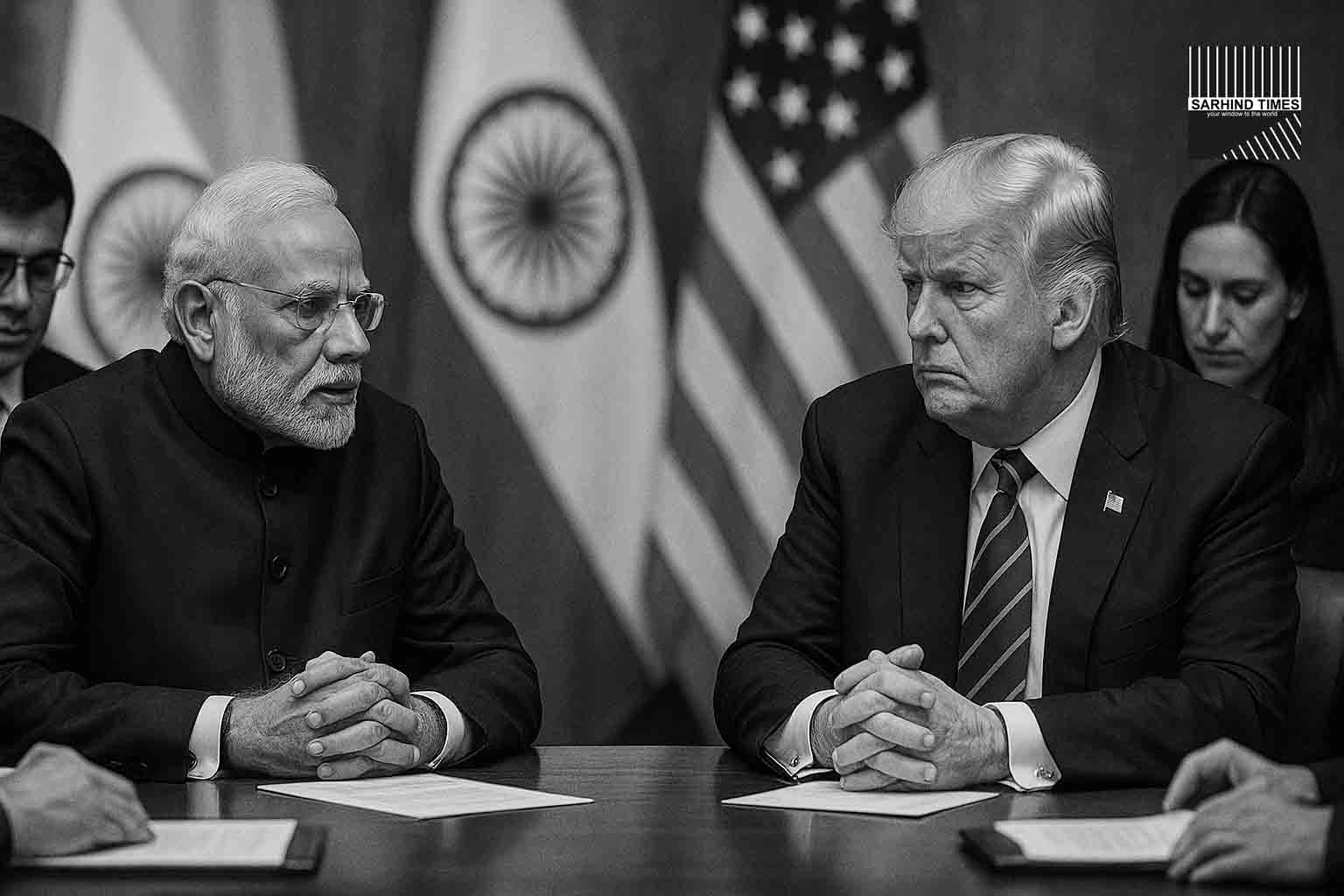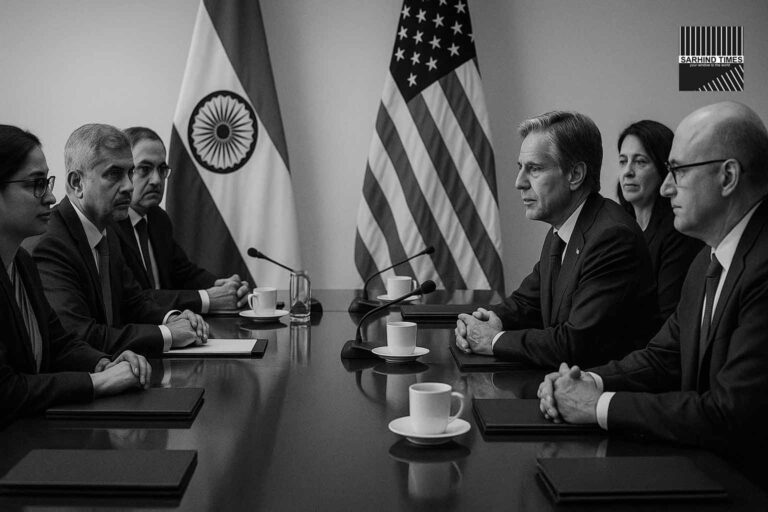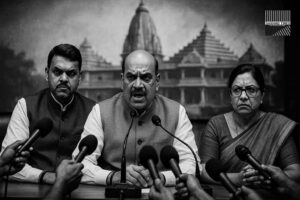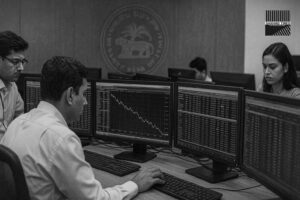Diplomacy often moves quietly before it makes headlines. Behind closed doors in Washington and New Delhi, senior officials are working to arrange a possible meeting between Prime Minister Narendra Modi and US President Donald Trump. While dates and format remain under discussion, the agenda is already shaping up: trade frictions, energy security, defence cooperation, and the building blocks of a resilient technology ecosystem.
Both sides are framing the relationship as “critical.” For Washington, India is central to balancing global supply chains, hedging against overdependence on China, and anchoring partnerships in the Indo-Pacific. For New Delhi, the US remains a top strategic partner, a source of capital, technology, and geopolitical clout.
Even a brief meeting—whether a structured bilateral or a pull-aside at a multilateral summit—could be a powerful signal to markets, industry, and political audiences in both capitals.
Context: The Reset Mood
Relations between India and the United States have seen their share of turbulence in recent years. Tariff disputes, visa fee hikes, and disagreements on data localization have sometimes overshadowed areas of collaboration. Yet, with shifting geopolitics, both capitals appear to be recalibrating.
- Trade Disputes: Past disagreements on tariffs for steel, aluminium, and agricultural products had hardened positions. However, Washington now appears more willing to explore middle-ground solutions.
- Visas and Mobility: The Indian IT sector has long flagged restrictive visa regimes as barriers to talent mobility. A pragmatic recalibration could help ease frictions.
- Technology Security: With growing tensions in global semiconductor supply, India is being viewed as a potential partner in chip manufacturing and design ecosystems.
The Trade & Energy Focus
At the heart of the emerging agenda are trade irritants and energy security.
- Trade Irritants: India seeks smoother market access for its services sector and relief from protectionist visa regimes that constrain its global tech workforce. The US, meanwhile, expects India to open up more aggressively in areas like e-commerce, agriculture, and digital trade.
- Energy Security: With global oil markets volatile, India is exploring long-term contracts for LNG and critical minerals. US firms, in turn, are eyeing India’s massive energy transition push, particularly in clean hydrogen, solar, and nuclear collaborations.
Energy is not just an economic agenda—it also overlaps with strategic imperatives around climate diplomacy, supply chain resilience, and national security.
Defence & Strategic Ties
Defence cooperation remains a pillar of US–India relations. Washington has stressed interoperability, joint training, and co-production. India’s demand for cutting-edge technologies—drones, jet engines, and cyber-defence solutions—is expected to be discussed.
Key areas include:
- Co-Production Models: Expanding defence manufacturing partnerships under India’s Atmanirbhar Bharat framework.
- Technology Sharing: Negotiating carve-outs in sensitive technologies like jet engines and space systems.
- Regional Security: Aligning Indo-Pacific strategies amid rising tensions in the South China Sea.
Semiconductors & Critical Minerals
One of the most anticipated talking points is the future of semiconductors and critical minerals.
- Semiconductors: The US views India as a potential partner in diversifying semiconductor production away from East Asia. Investments in chip design hubs in Bengaluru and Hyderabad are already underway.
- Critical Minerals: India’s resource needs for clean energy—lithium, cobalt, rare earths—align with US supply diversification goals. A cooperation framework could accelerate joint ventures in extraction, refining, and recycling.
Pharma & Supply Chains
The COVID-19 pandemic underscored India’s role as the “pharmacy of the world.” Discussions will likely touch on:
- Expanding US reliance on Indian generic medicines.
- Streamlining supply chain bottlenecks for raw materials.
- Ensuring resilience in vaccine, drug, and API supply chains.
This area offers “quick wins” for both governments with visible benefits to citizens and healthcare systems.
Domestic Optics: Why It Matters to Both Leaders
- For Modi: A meeting with Trump would demonstrate New Delhi’s ability to maintain bipartisan ties in Washington, while also telegraphing India’s importance to global markets and diaspora voters.
- For Trump: Amid election season pressures, showcasing a strong India partnership could help consolidate support among diaspora communities in the US and emphasize his foreign policy record.
The optics of leadership diplomacy—handshakes, joint statements, images before flags—carry weight far beyond policy.
Markets & Industry Response
Markets are watching closely. The rupee’s recent volatility has raised concerns among investors. Even a signal of improved US–India ties could:
- Calm markets with expectations of stronger capital flows.
- Encourage FDI in sectors like electronics, clean energy, and aerospace.
- Reassure industry that disputes will not escalate into broader economic friction.
Industry bodies in both countries are already lobbying negotiators to prioritize quick deliverables in ease of business, regulatory clarity, and investment protection.
Analysts’ Perspective
- Geopolitical Analysts: Stress the meeting as part of a wider Indo-Pacific framework to counterbalance China.
- Trade Experts: Highlight the need for incremental progress rather than over-promises.
- Strategists: Note that optics and timing will be as important as the substantive outcomes.
Possible Formats of the Meeting
- Formal Bilateral: A scheduled session with detailed joint statements.
- Pull-Aside: A shorter but high-visibility interaction on the sidelines of a multilateral summit.
- Virtual Engagement: If logistics tighten, a joint virtual appearance could also be on the table.
Each carries symbolic weight, with implications for media coverage and market sentiment.
Conclusion
The anticipated Modi–Trump meeting is more than a bilateral conversation—it is a signal of continuity, resilience, and adaptation in US–India ties. By putting trade, energy, defence, and semiconductors at the center of the agenda, both capitals are showing awareness of current economic realities while also eyeing long-term strategic alignment.
For now, the message is clear: even amid disagreements, Washington and New Delhi recognize each other as critical partners. How far they can translate this recognition into tangible outcomes will be closely watched across the Indo-Pacific and beyond.
#USIndia #Diplomacy #Trade #Energy #Defence #Semiconductors #Geopolitics #GlobalEconomy























+ There are no comments
Add yours